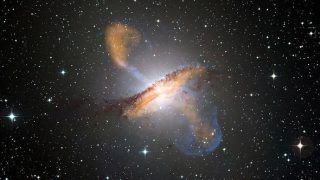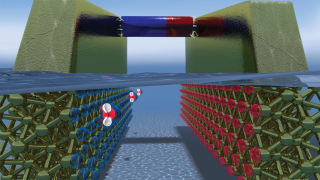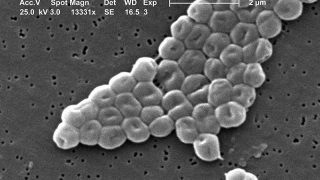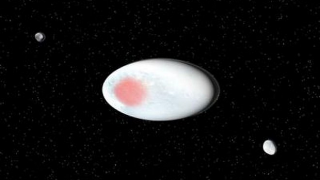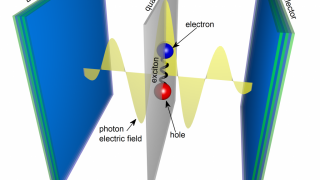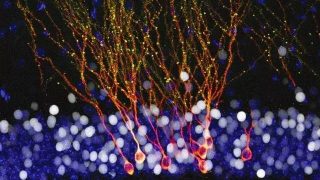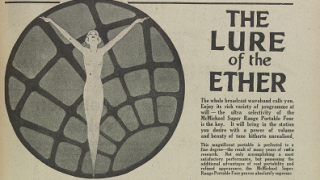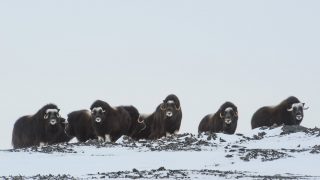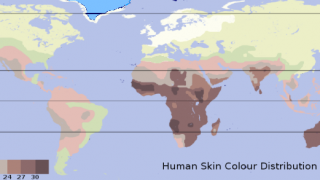
Vitamin D receptor, a powerful weapon against colorectal cancer
Vitamin D is an atypical vitamin because it is not a real vitamin. Vitamins are supposed to be essential, meaning that our organism cannot live without them but their synthesis cannot take place in our cells, so we must ensure an external intake through the diet. However, only 10% of vitamin D daily requirements come […]
